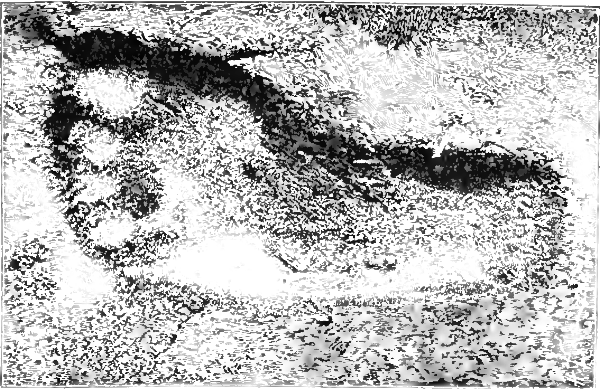<![CDATA[Footprints found in Norfolk England are said to belong an extinct human species called <i>Homo Antecessor </i>. These prints, almost a million years old, give scientists an idea of how long humans have occupied Europe and how they travelled. Footprints in the sand are most times something occurring momentarily. The waves do not hesitate to erase all indication that someone has travelled along a sandy pathway. This is true in many places but wasn’t the case for the set of footprints that were found recently on a beach in Happisburgh, Norfolk, England. The more than 40 prints were made more than 800 000 thousand years ago, well preserved in soft sedimentary rocks on the beachside. Scientists have used devices to scan and take pictures for further study and have been able to break down the makeup of these early humans as well as retrieve insights as to how they lived, and their genetic makeup including their weight and also height. The prints having done their duty of transmitting the requisite information about human evolution were eventually washed away, only two weeks after being discovered. From their scans, these scientists have been able to recognize at least five distinct pairs of feet, concluding that the prints belonged to a small group of travelers including a few children and an adult male. Their studies have also provided weight and height of the persons in the group. Scientist has surmised that these would have been the earliest set of Britons. Europe is not a stranger to discoveries of this kind as there were previous discoveries of stone tools in 2010 in Happisburg attributed to this same human species, the <i>Homo Antecessor </i>.These latest findings, scientists have concluded, give an insight to how these early humans travelled. Outside of Africa, this is the only real evidence they existed other than the previously discovered tools. The <i>Homo Antecessor </i> specie who existed almost a million years ago is one of the earliest known human species in Europe, based on scientific studies. Prior to these findings in Norfolk, bones and fossils have been found in other parts of Europe that when examined gives a closer insight into who the early humans were and what their lifestyles might have been like. In Spain the upper palate of a <i>Homo Antecessor </i>’s jaw bout 800 thousand years old was found in a more preserved form than previous discoveries. Scientist ruled that it belonged to a ten year old based on their calculations. More evidence was found of their existence between 1994 and 1995. Still in Spain, this time in Atapuerca, 80 fossils were found belonging to six individuals. There was evidence that they might have been cannibals as close examinations shows that the state that the fossils were in suggests that they belonged to people who might have been skinned. The findings in Europe and Africa have fueled the ever continuing debate about the origin of the human species and the history of travelling across continents. Scientists continue to make new discoveries daily that shed light not only on human behavior but also their origin and way of life. ]]>
800 000 Year Old Footprints Found in Britain
